-
 Bitcoin
Bitcoin $117500
2.15% -
 Ethereum
Ethereum $3911
6.19% -
 XRP
XRP $3.316
10.79% -
 Tether USDt
Tether USDt $1.000
0.01% -
 BNB
BNB $787.2
2.24% -
 Solana
Solana $175.2
4.15% -
 USDC
USDC $0.9999
0.00% -
 Dogecoin
Dogecoin $0.2225
8.40% -
 TRON
TRON $0.3383
0.28% -
 Cardano
Cardano $0.7868
6.02% -
 Stellar
Stellar $0.4382
9.34% -
 Hyperliquid
Hyperliquid $40.92
7.56% -
 Sui
Sui $3.764
7.63% -
 Chainlink
Chainlink $18.48
10.66% -
 Bitcoin Cash
Bitcoin Cash $582.1
1.88% -
 Hedera
Hedera $0.2601
6.30% -
 Avalanche
Avalanche $23.33
4.94% -
 Ethena USDe
Ethena USDe $1.001
0.02% -
 Litecoin
Litecoin $122.3
2.04% -
 UNUS SED LEO
UNUS SED LEO $8.969
-0.27% -
 Toncoin
Toncoin $3.339
0.86% -
 Shiba Inu
Shiba Inu $0.00001287
4.30% -
 Uniswap
Uniswap $10.43
7.38% -
 Polkadot
Polkadot $3.861
5.08% -
 Dai
Dai $1.000
0.02% -
 Bitget Token
Bitget Token $4.513
3.41% -
 Monero
Monero $267.7
-6.18% -
 Cronos
Cronos $0.1499
4.14% -
 Pepe
Pepe $0.00001110
5.15% -
 Aave
Aave $284.9
8.28%
How to view the K-line data of LBank contracts? What time periods are supported?
Access LBank's K-line chart by logging in, selecting a contract, and adjusting time periods from 1m to 1M to analyze market trends effectively.
May 01, 2025 at 09:00 pm
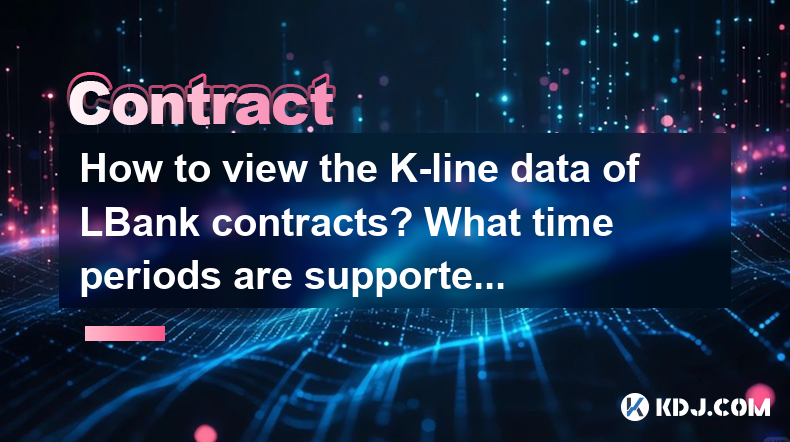
To view the K-line data of LBank contracts and understand the supported time periods, follow this detailed guide. LBank, as a prominent cryptocurrency exchange, provides various tools and features to help traders analyze market trends and make informed decisions. The K-line chart, also known as a candlestick chart, is a vital tool for technical analysis in the crypto trading world. Let's delve into how you can access and utilize these features on LBank.
Accessing the LBank Platform
Before you can view the K-line data, you need to access the LBank platform. Here’s how you can do it:
- Open your web browser and navigate to the LBank official website.
- Log in to your account using your credentials. If you don’t have an account, you’ll need to register first.
- Navigate to the trading section by clicking on the "Trade" tab on the top menu.
Selecting a Contract
Once you’re in the trading section, you need to select the specific contract you wish to analyze. LBank offers various types of contracts, including perpetual and futures contracts. Here’s how to choose one:
- Choose the type of contract you want to trade from the list provided on the left side of the trading interface.
- Select the specific cryptocurrency pair for which you want to view the K-line data. For example, if you’re interested in Bitcoin, you might select BTC/USDT.
Viewing the K-line Chart
After selecting your desired contract, you can now view the K-line chart. The K-line chart is typically located in the center of the trading interface. Here’s how to ensure you’re viewing the correct data:
- Locate the K-line chart in the main section of the trading interface.
- Ensure that the chart is set to display K-line data. You may need to toggle between different chart types if K-line is not the default.
Adjusting Time Periods
LBank supports various time periods for K-line data, allowing you to analyze market trends over different durations. Here’s how to adjust the time period:
- Find the time period selector, which is usually located at the top or bottom of the K-line chart.
- Click on the time period selector to view the available options. LBank typically supports the following time periods:
- 1 minute (1m)
- 5 minutes (5m)
- 15 minutes (15m)
- 30 minutes (30m)
- 1 hour (1h)
- 4 hours (4h)
- 1 day (1D)
- 1 week (1W)
- 1 month (1M)
- Select the desired time period by clicking on it. The K-line chart will automatically update to reflect the chosen time frame.
Customizing the K-line Chart
LBank provides various customization options to enhance your analysis of the K-line data. Here’s how you can tailor the chart to your needs:
- Use the toolbar located around the K-line chart to add or remove indicators. Common indicators include Moving Averages (MA), Relative Strength Index (RSI), and Bollinger Bands.
- Adjust the chart’s appearance by changing the color scheme or the thickness of the candlesticks.
- Zoom in or out of the chart to focus on specific time periods or to get a broader view of the market trend.
Interpreting K-line Data
Understanding how to interpret the K-line data is crucial for making informed trading decisions. Each candlestick on the chart represents the price movement of the contract over a specific time period. Here’s a breakdown of what each part of the candlestick represents:
- The body of the candlestick shows the opening and closing prices. If the body is green, it indicates that the closing price was higher than the opening price (bullish). If the body is red, it indicates that the closing price was lower than the opening price (bearish).
- The wicks or shadows of the candlestick represent the highest and lowest prices reached during the time period. The top of the upper wick is the highest price, and the bottom of the lower wick is the lowest price.
Using K-line Data for Trading
K-line data can be a powerful tool for traders looking to make strategic decisions. Here’s how you can use the data effectively:
- Identify trends by observing the pattern of candlesticks over time. An upward trend is characterized by a series of bullish candlesticks, while a downward trend is marked by bearish candlesticks.
- Spot reversals by looking for specific candlestick patterns such as doji, hammer, or shooting star. These patterns can indicate potential changes in market direction.
- Use technical indicators in conjunction with K-line data to confirm your analysis. For example, if the K-line chart shows a bullish trend and the RSI is above 70, it might indicate an overbought condition.
Frequently Asked Questions
Q: Can I save my customized K-line chart settings on LBank?
A: Yes, LBank allows you to save your customized chart settings. After adjusting the indicators and appearance to your liking, you can save these settings for future use. Look for the "Save" or "Settings" option in the chart toolbar to store your preferences.
Q: Is it possible to view historical K-line data on LBank?
A: Yes, you can view historical K-line data on LBank by adjusting the time period selector to longer durations such as 1D, 1W, or 1M. This will allow you to analyze past market trends and patterns.
Q: Can I export the K-line data from LBank for further analysis?
A: Currently, LBank does not offer a direct feature to export K-line data. However, you can take screenshots of the chart or manually record the data for your own analysis.
Q: Are there any limitations on the amount of historical data I can view on LBank?
A: LBank typically provides access to a significant amount of historical data, but the exact limit may vary depending on the contract and the selected time period. For most contracts, you should be able to view data going back several months or even years on longer time frames.
Disclaimer:info@kdj.com
The information provided is not trading advice. kdj.com does not assume any responsibility for any investments made based on the information provided in this article. Cryptocurrencies are highly volatile and it is highly recommended that you invest with caution after thorough research!
If you believe that the content used on this website infringes your copyright, please contact us immediately (info@kdj.com) and we will delete it promptly.
- Bitcoin, Meme ICOs, and FOMO: Catching the Next Crypto Wave
- 2025-08-08 18:30:34
- OM, Investment, and Growth: Decoding the Latest Trends in Digital Assets
- 2025-08-08 18:30:34
- SNEK, Cardano, and the Contributor's Conundrum: A Meme Coin's Fight for Recognition
- 2025-08-08 16:30:12
- Toshi Crypto's Wild Ride: Rally, Demand Slump, and What's Next
- 2025-08-08 16:30:12
- Ethereum, Staking Yields, and DeFi Exposure: A New Era for Investors?
- 2025-08-08 15:10:12
- Unilabs Pumps MIA, Binance Coin Bouncing Back, and Ethereum's Bearish Blues
- 2025-08-08 15:10:12
Related knowledge
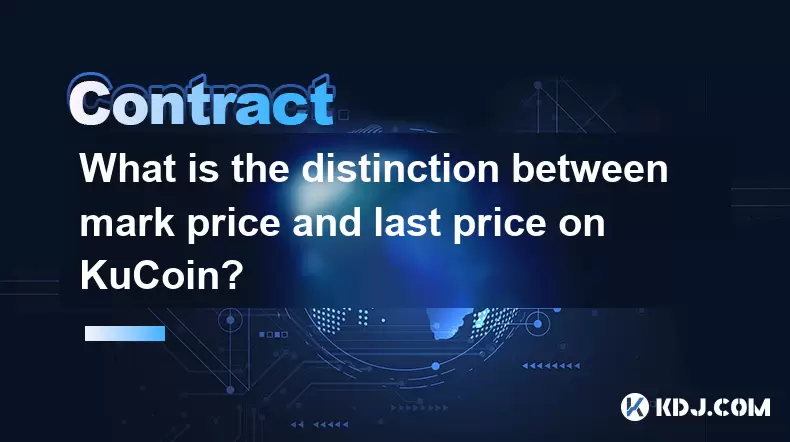
What is the distinction between mark price and last price on KuCoin?
Aug 08,2025 at 01:58pm
Understanding the Basics of Price in Cryptocurrency TradingIn cryptocurrency exchanges like KuCoin, two key price indicators frequently appear on trad...
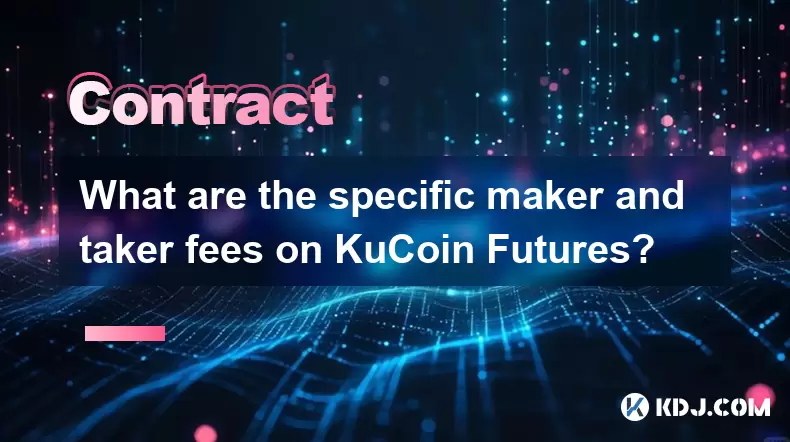
What are the specific maker and taker fees on KuCoin Futures?
Aug 08,2025 at 08:28am
Understanding Maker and Taker Fees on KuCoin FuturesWhen trading on KuCoin Futures, users encounter two primary types of fees: maker fees and taker fe...
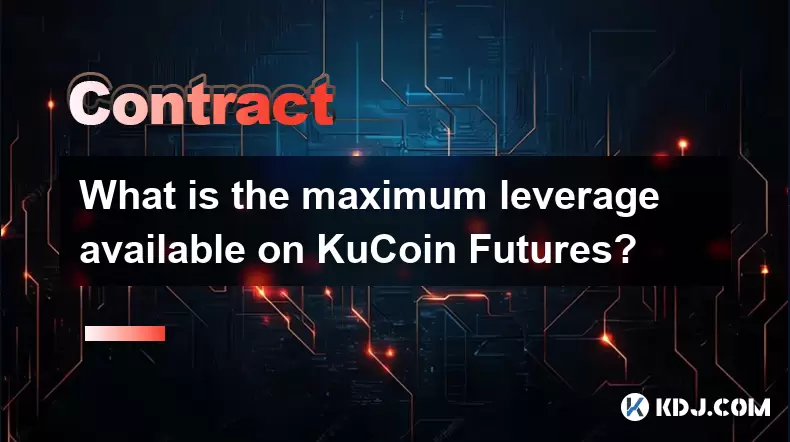
What is the maximum leverage available on KuCoin Futures?
Aug 08,2025 at 10:21am
Understanding Leverage in KuCoin Futures TradingLeverage in KuCoin Futures allows traders to control a larger position size using a smaller amount of ...
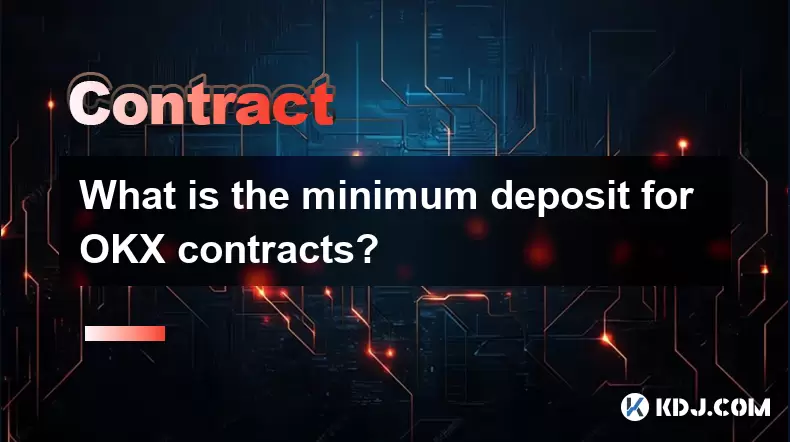
What is the minimum deposit for OKX contracts?
Aug 08,2025 at 07:00am
Understanding OKX Contract Trading BasicsOKX is one of the leading cryptocurrency derivatives exchanges, offering a wide range of perpetual and future...
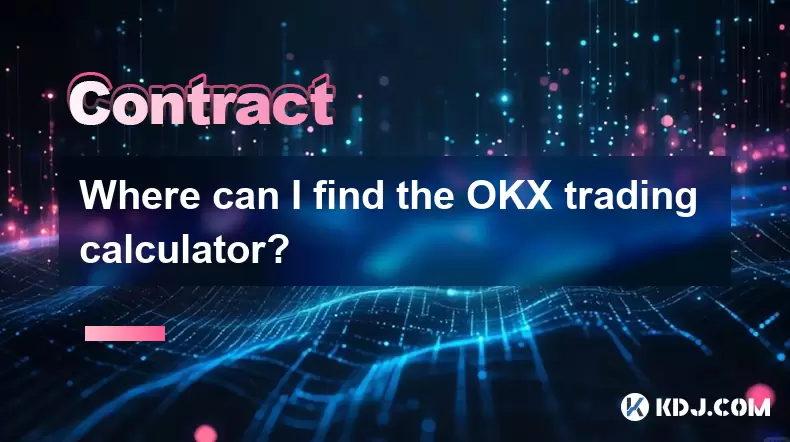
Where can I find the OKX trading calculator?
Aug 08,2025 at 07:49am
Understanding the OKX Trading Calculator FunctionalityThe OKX trading calculator is a powerful analytical tool designed to assist traders in estimatin...
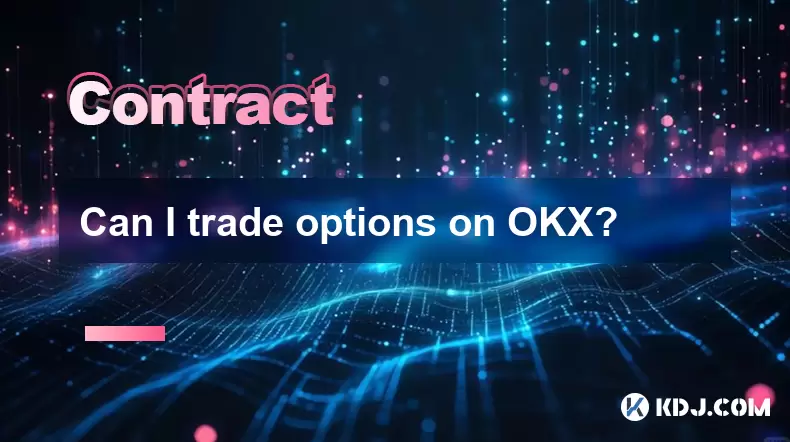
Can I trade options on OKX?
Aug 08,2025 at 11:01am
Understanding Options Trading on OKXYes, you can trade options on OKX. OKX is one of the leading cryptocurrency derivatives exchanges that offers a de...

What is the distinction between mark price and last price on KuCoin?
Aug 08,2025 at 01:58pm
Understanding the Basics of Price in Cryptocurrency TradingIn cryptocurrency exchanges like KuCoin, two key price indicators frequently appear on trad...

What are the specific maker and taker fees on KuCoin Futures?
Aug 08,2025 at 08:28am
Understanding Maker and Taker Fees on KuCoin FuturesWhen trading on KuCoin Futures, users encounter two primary types of fees: maker fees and taker fe...

What is the maximum leverage available on KuCoin Futures?
Aug 08,2025 at 10:21am
Understanding Leverage in KuCoin Futures TradingLeverage in KuCoin Futures allows traders to control a larger position size using a smaller amount of ...

What is the minimum deposit for OKX contracts?
Aug 08,2025 at 07:00am
Understanding OKX Contract Trading BasicsOKX is one of the leading cryptocurrency derivatives exchanges, offering a wide range of perpetual and future...

Where can I find the OKX trading calculator?
Aug 08,2025 at 07:49am
Understanding the OKX Trading Calculator FunctionalityThe OKX trading calculator is a powerful analytical tool designed to assist traders in estimatin...

Can I trade options on OKX?
Aug 08,2025 at 11:01am
Understanding Options Trading on OKXYes, you can trade options on OKX. OKX is one of the leading cryptocurrency derivatives exchanges that offers a de...
See all articles

























































































